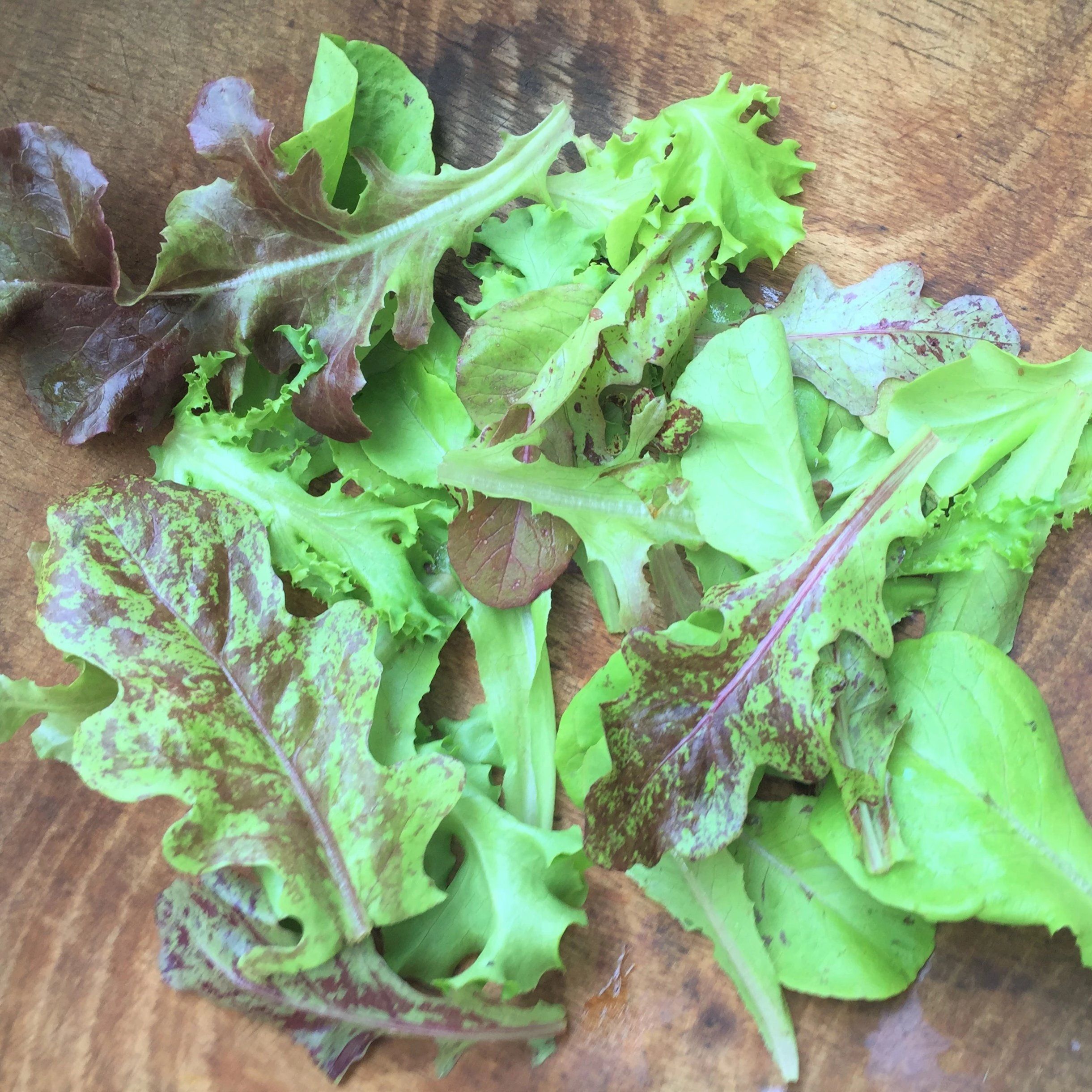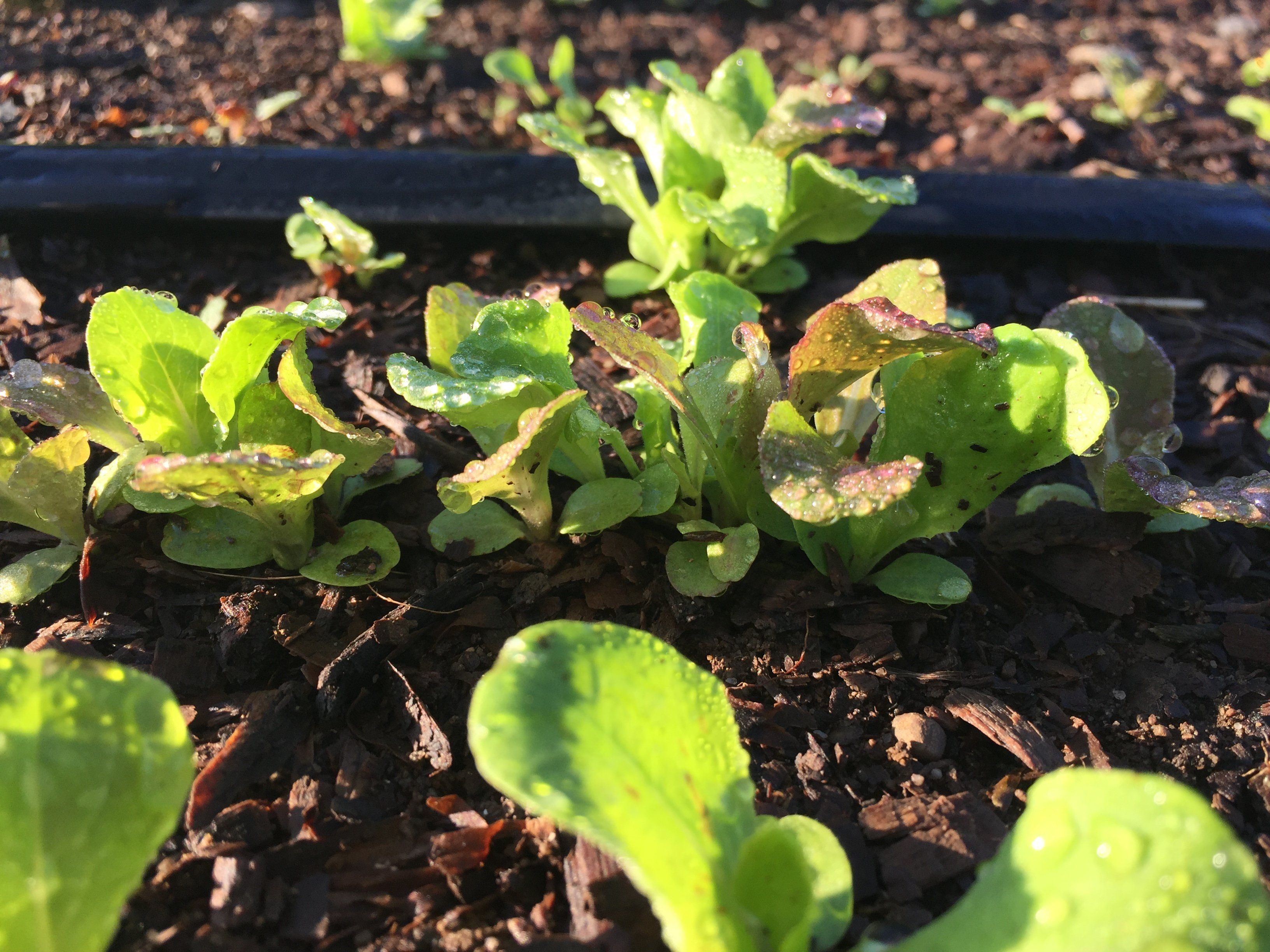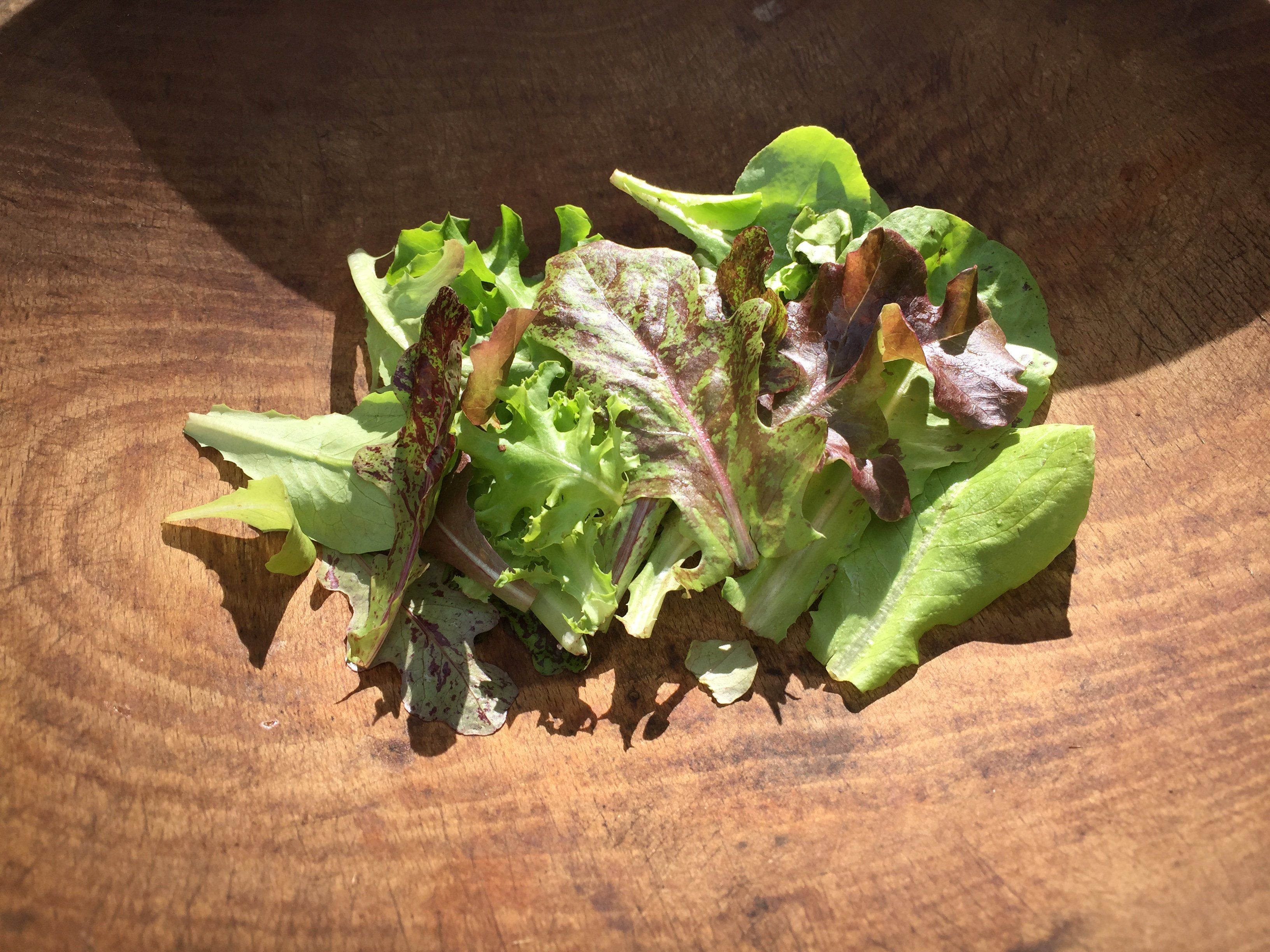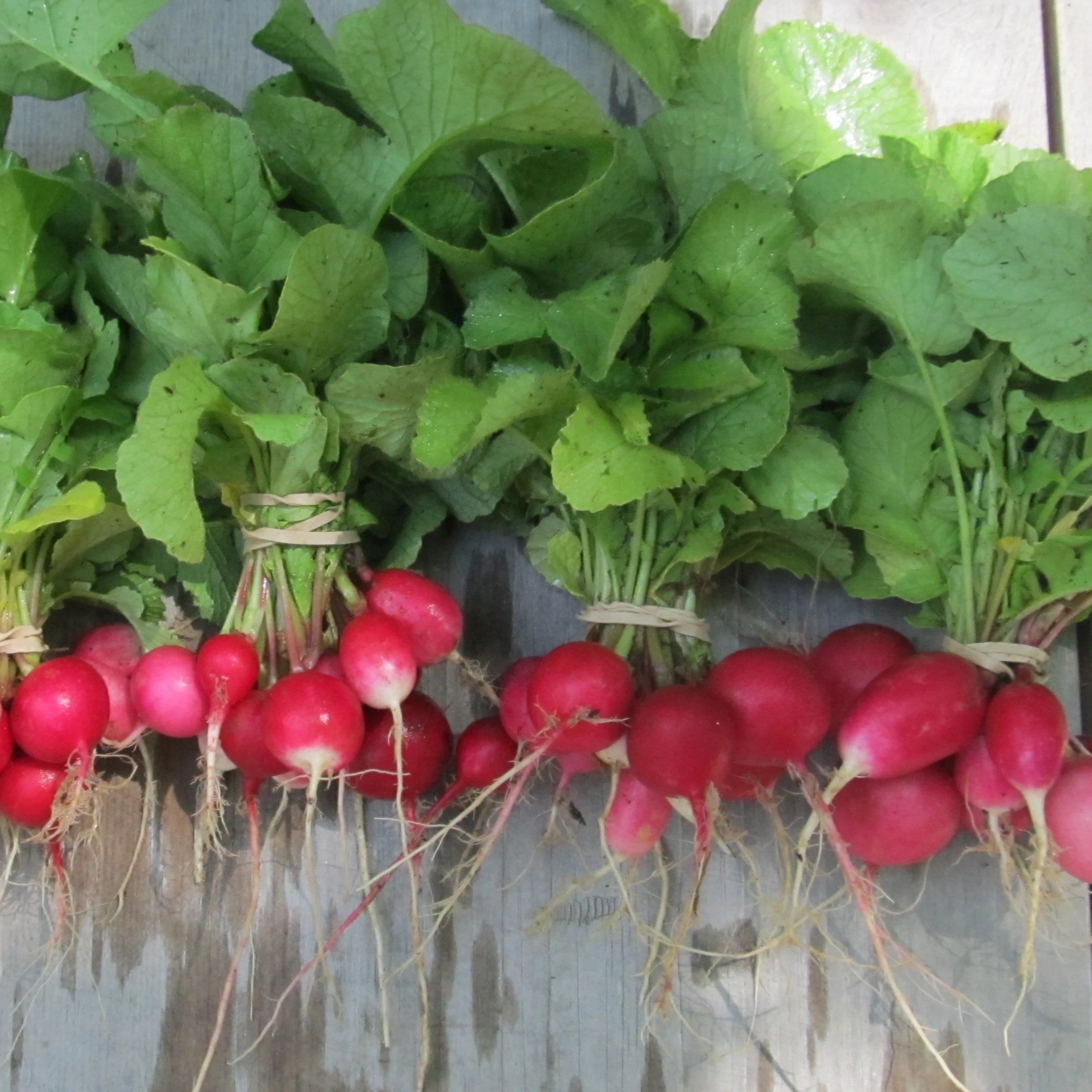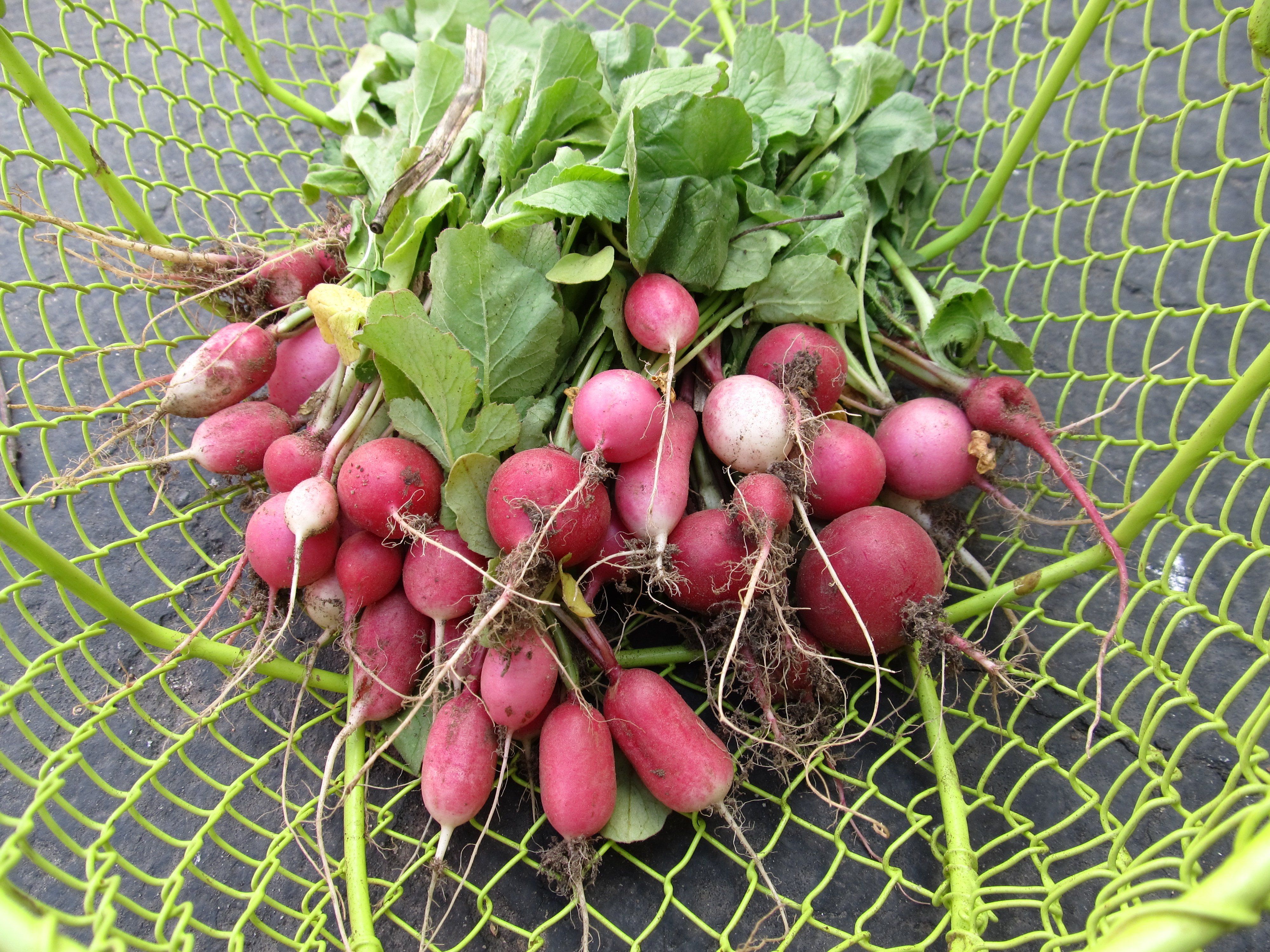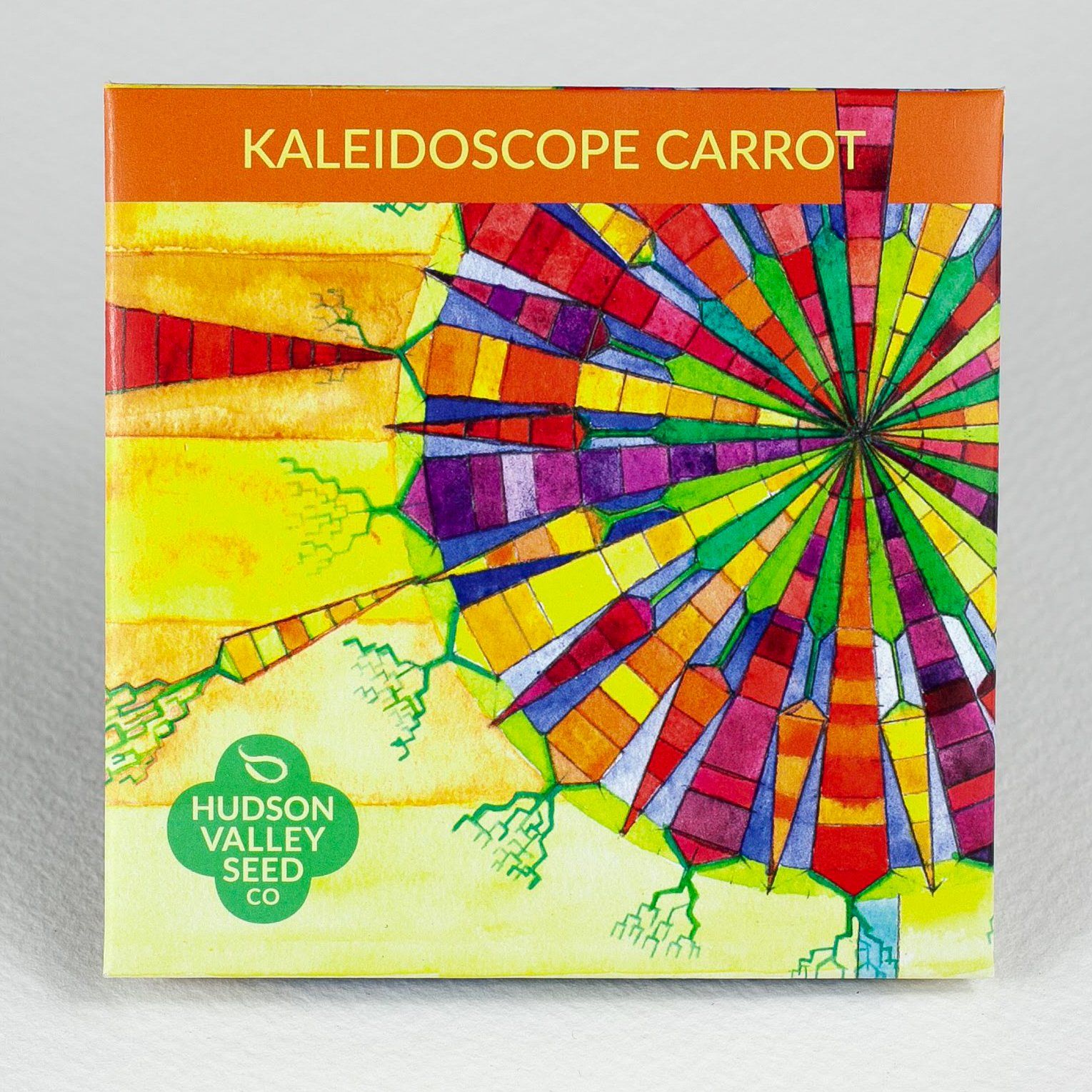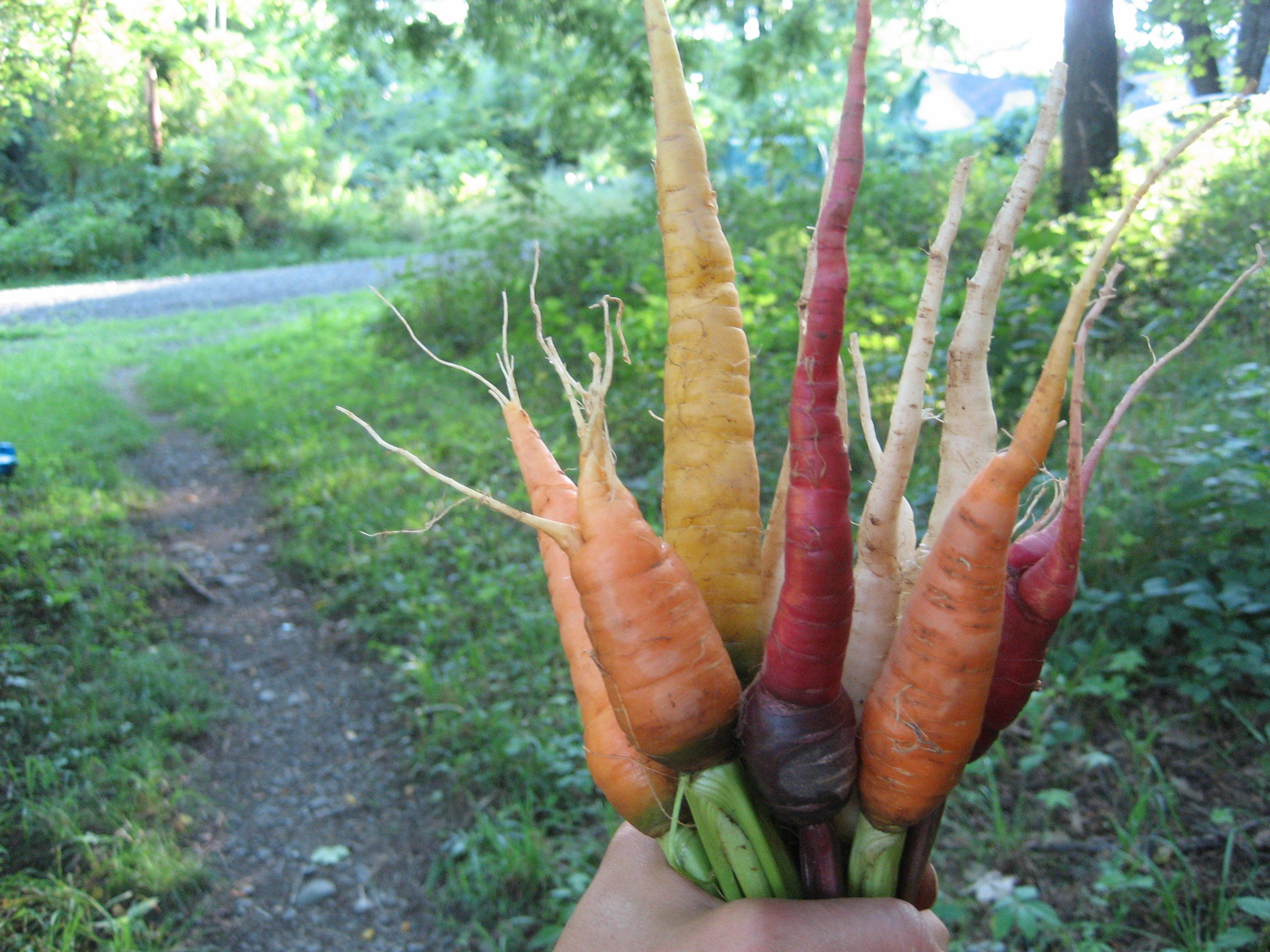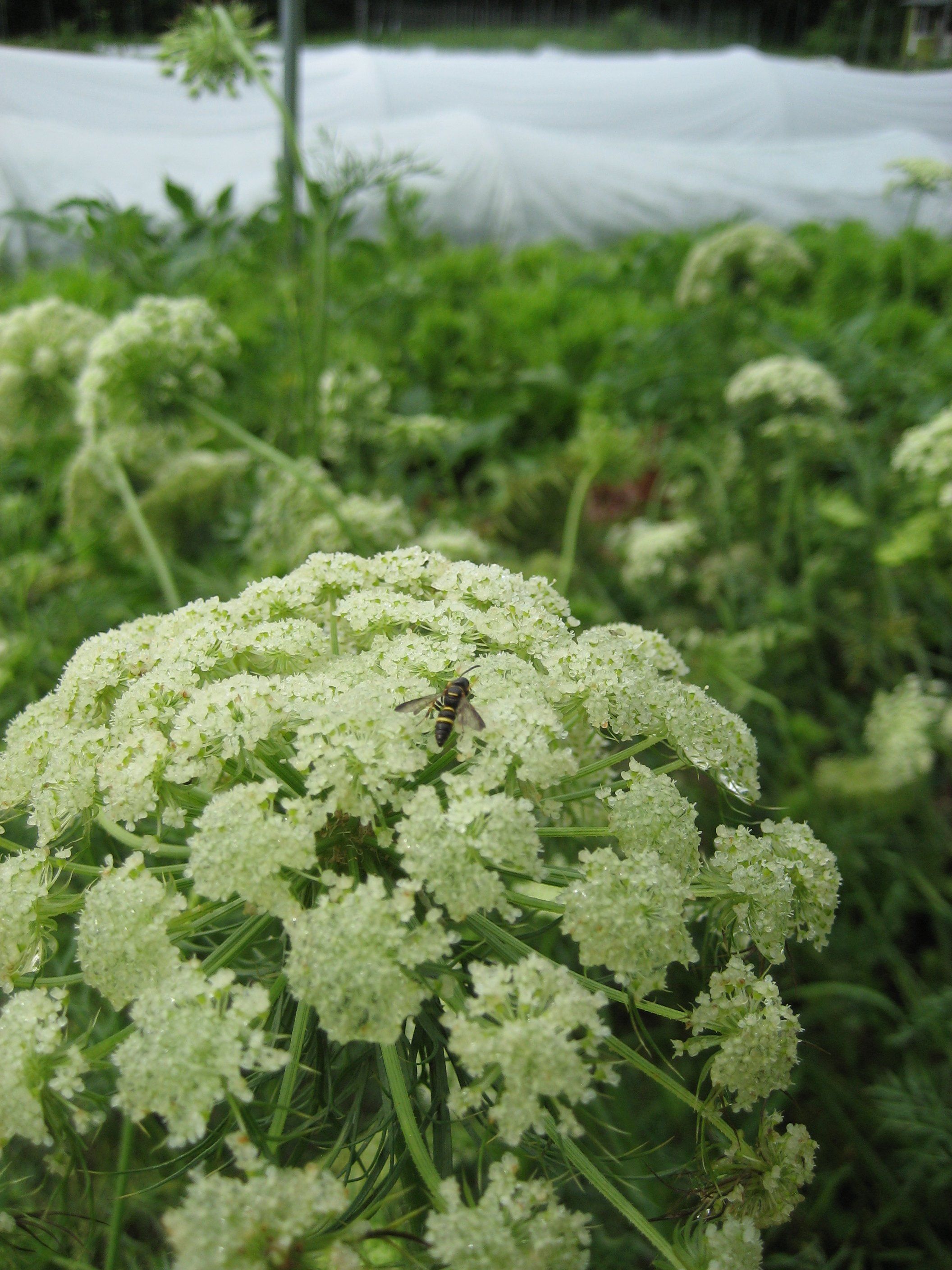How To: Succession Sowing
There is always a moment in June when you think the garden is set. After weeks of transplanting, direct sowing, weeding, and waiting on the weather, the garden is finally filled with plants. June brings a calm spell to the garden, after all available space is filled with sowings and transplants and all that is left to do is stay on top of the weeds. Anyone hoping to have homegrown food on the kitchen table all season long can’t linger in the calm spell for too long, but needs to consistently look forward at what to grow for the meals ahead. This is where succession comes in: for a continual harvest, sow continually.
Keep reading for tips to consider when succession planting, crops that are great for this method, and a example crop plan for you to use when scheduling your sowings.
Tips for Succession Sowing

Sow or transplant a small amount at a time. This allows you to have a small but consistent harvest week to week. Instead of having an overwhelming amount of lettuce mature at once, for example, sow a few salads’ worth every week.

Rotate plants in season. After one crop has been harvested, use that bed for veggies from a plant different family. This will help lessen the chance of disease, deter pests, and help balance soil nutrients.

Consider how plants interact. For example, planting a row of radishes along the bottom of a pea trellis gives the first crop a chance to get big enough before the second crop fills in to give the first some shade.

Switch varieties for changing weather. For example, spinach loves cool temperatures, amaranth tastes similar and loves heat. Sow amaranth mid-summer, and bookend with spinach in the spring and fall.
Varieties for Succession Sowing
Here are some crops that are great for succession sowing. Generally speaking, most of these crops have a short length of time to maturity which makes them perfect for sowing in multiple rounds, even if you have a short growing season.
Salads & Greens
Sow seeds for fresh greens every three weeks. Both Salad Savor and Ultimate Salad Bowl will reward you with a steady supply of tender, delicious greens all summer long and into fall. Just after lettuce? Try Metta Lettuce Mix. Kale and Swiss Chard are also great options!
Herbs
Perfect for tucking into bare spots, these fast-growing herbs are essential flavors of the season: try Basil Bouquet, Cilantro, and Mammoth Dill. Sow your herbs in two-week intervals. Keep in mind that dill and cilantro bolt especially quickly when sown in early summer, so plan on tighter intervals during that time.
Roots
Both Brilliant Beet Blend and Danvers Carrot can be sown in early to midsummer for fall harvest. Beets mature in 55 days and seedlings can be thinned for their leaves while the roots develop. You can sow most carrots as late as mid-August and then dig them up a little over two months later. Radishes are another root that are fast growing and easy to sow multiple times throughout the season.
Cucumbers
Try Lemon Cucumber! It looks like a lemon but tastes mild and cool as cucumbers ought. Did you know that cucumbers get "tired out" after just a few weeks of producing delectable, crunchy treats? Cucumber enthusiasts will often stagger their plantings for this very reason. Cukes can be sown until midsummer for early autumn harvests.
Squash
Most Squash mature in just 45-60 days. Consider starting off with summery varieties such as Dark Star Zucchini or Cocozelle and then finish off the season with fall favorites such as Honeynut or Black Futsu. Note that winter squashes tend to have longer days to maturity.
Beans
Succession sow beans every 2-3 weeks both for abundant harvests and to improve nitrogen in the soil. Your first round will be ready in about 60 days with your next harvest being about 20 days after that. Consider well-loved varieties such as Dragon's Tongue and Red Noodle Bean.
Example Crop Plan
The trickiest part about succession sowing is getting the timing right. You essentially want to do sequential sowings before you harvest your first round. Here's a sample crop plan to help you. Feel free to adapt as needed to fit your specific garden needs!



